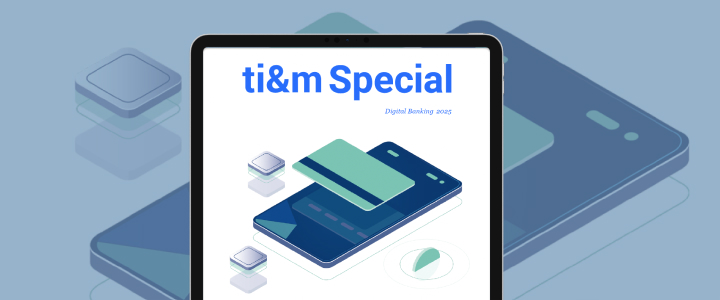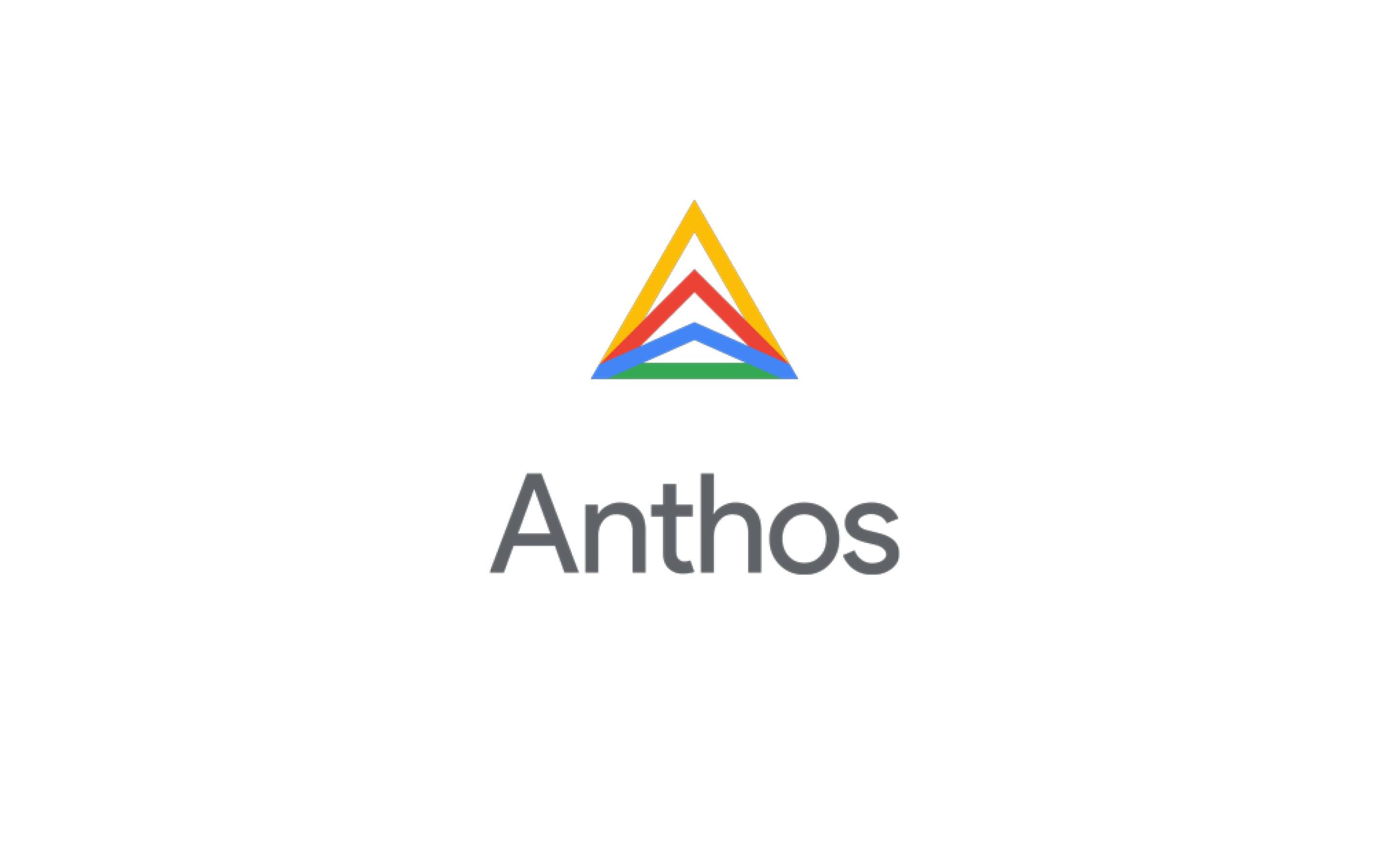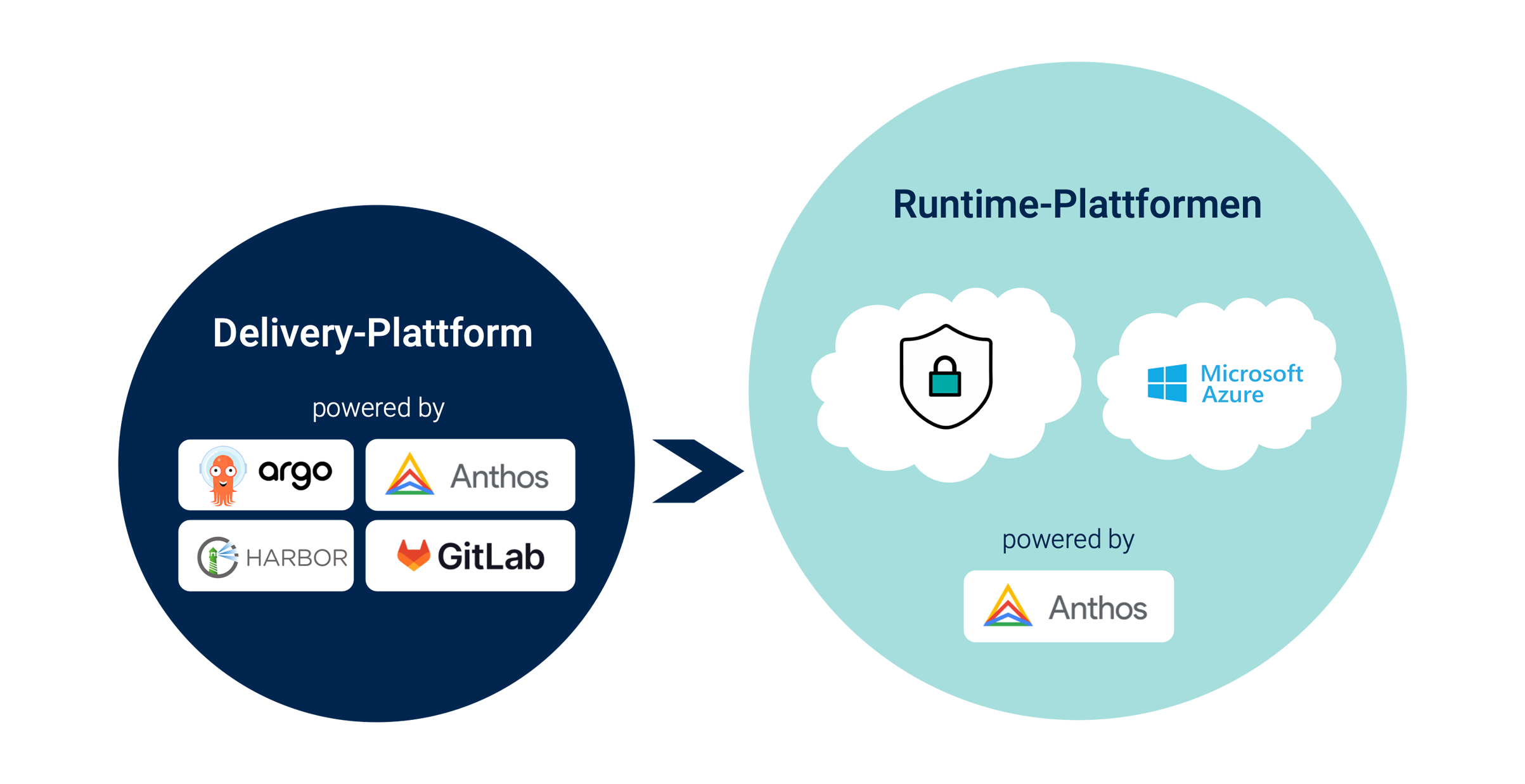The hybrid multi-cloud Kubernetes platform makes it possible to integrate applications into the City of Zurich’s local on-premises data centers and operate them in a secure and flexible manner on demand. On the basis of Google Anthos, the partners were able to create a modern platform to meet the long-term requirements for operating internal and external applications.
Starting position
The Organization and Information Technology department (OIZ) is the City of Zurich’s IT competence center. Employing around 600 employees, it keeps the city’s IT infrastructure running and is responsible for over 2,500 applications. For example, “Mein Konto” enables the city’s 400,000-plus inhabitants to access countless online services using a single account. With a view to further modernizing the online services and making them more user-friendly, the OIZ and ti&m worked together to create a new, hybrid multi-cloud Kubernetes platform based on Google Anthos.
Better tapping of the external and internal potential for innovation
External software developers and providers can develop applications in their own environment and, thanks to simple and secure access to the delivery platform, can migrate these as containers without having to rewrite them. Ultimately, easier integration of external developments means that the residents of the City of Zurich get to benefit from new offerings and apps. Internal employees can use the self-service functions to access app development and software delivery tools for the purpose of providing code as part of a CI/CD pipeline. GitLab provides modern tools that even programmers with limited experience of Kubernetes can use to develop applications, as the predefined pipelines and deployment tools automate much of the process. Take, for example, the solution that one employee developed as part of their master’s thesis in order to digitalize a paper-based financial audit process.
Standardized API management
As the IT application landscape grows, we are seeing a constant increase in the relevance of APIs. Although the OIZ has been using APIs for more than 20 years, it was only with the advent of Apigee, the new API management tool, that it became possible to create a consistent, standardized framework for managing these. Employees can now clearly see which APIs are available in which form, whereas previously concerns relating to a particular service had to be resolved together with the respective API developer. What’s more, APIs can also be made available to external parties via Apigee, thereby opening up new business models.
“The new container management platform makes it easier for the OIZ to work with the city’s application landscape and allows us to put new applications into operation automatically as a self-service – regardless of whether they originate from internal teams or external suppliers. Using Kubernetes as the base opens up a vast array of different software and technologies. The solution is a valuable tool for further accelerating digitalization in the City of Zurich.”– Andreas Németh, OIZ








